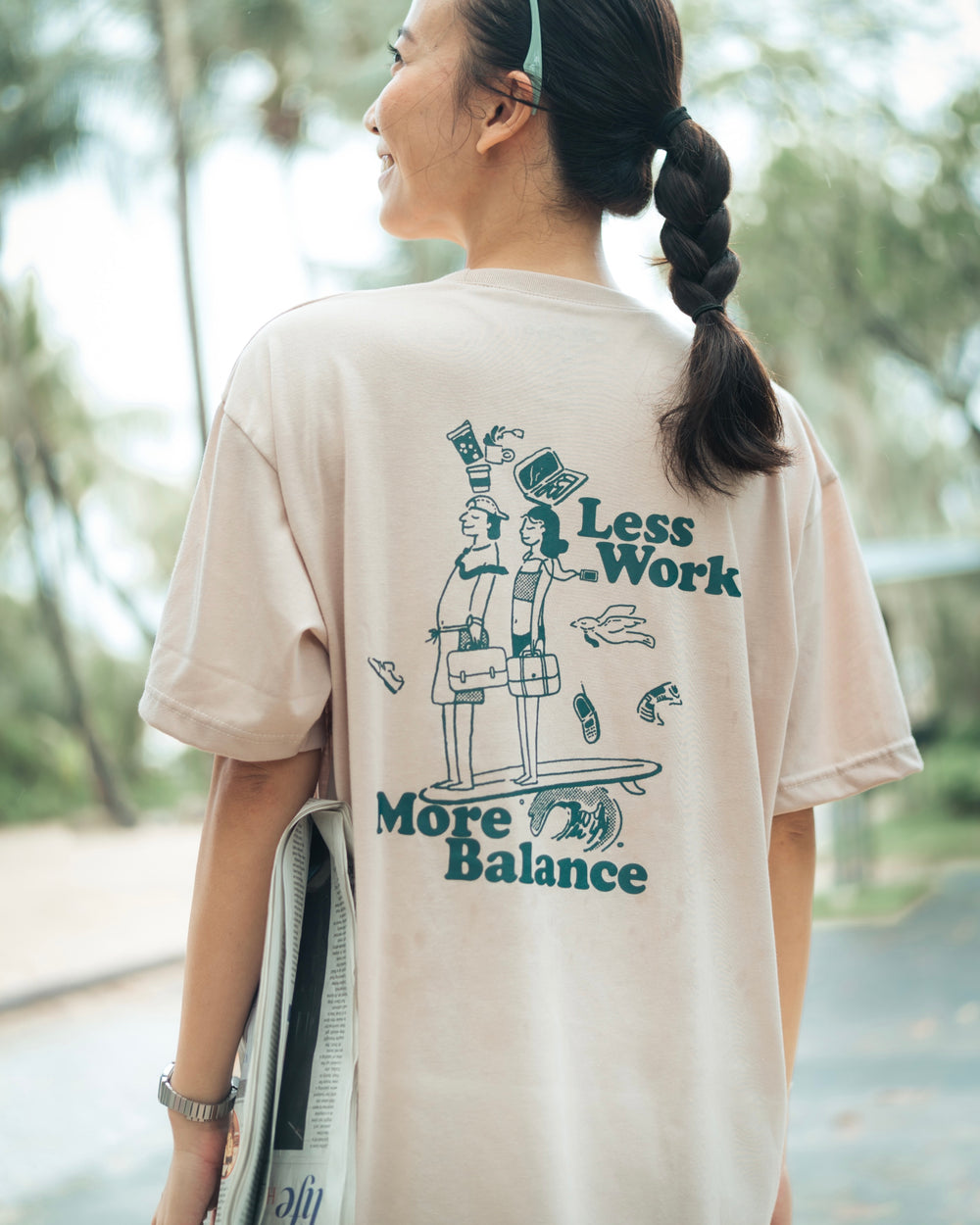Balancing Work and Life: Key Insights

In today’s fast-paced world, achieving a harmonious balance between work and life is more crucial than ever. With the lines between professional and personal life increasingly blurring, especially in a post-pandemic landscape, the quest for this balance has become a paramount goal for many. This blog post delves into the essence of work-life balance, offering practical strategies to manage work stress and prioritize personal well-being.
Understanding Work-Life Balance

Source: Pexels
Work-life balance is the equilibrium where a person equally prioritizes the demands of one's career and the demands of one's personal life. However, this balance isn't about an equal split of time; it's about the ability to feel fulfilled and content in both areas. It’s a fluid state, adapting to life's changing phases and individual priorities.
Identifying Imbalance Symptoms
Recognizing the signs of work-life imbalance is the first step to rectification. Common symptoms include chronic stress, persistent fatigue, decreased productivity, and a general sense of unhappiness. Ignoring these signs can lead to burnout, adversely affecting both professional performance and personal health.
Strategies for Achieving Balance
- Setting Boundaries: Establish clear lines between work and home life. This might mean shutting off work emails after a certain hour or creating a dedicated workspace at home.
- Time Management: Prioritize tasks and set realistic deadlines. Tools like the Eisenhower Box can help distinguish between urgent and important tasks.
- Delegation: Learn to delegate tasks effectively. It’s crucial to understand that doing everything alone isn’t always feasible or productive.
- Regular Breaks: Short, frequent breaks during work can boost productivity. Annual vacations are equally important for mental reset and should be taken without guilt.
Role of Employers in Supporting Work-Life Balance
Progressive organizations recognize the benefits of supporting work-life balance, including higher employee satisfaction and productivity. This support can manifest in flexible working hours, remote work options, and mental health days.
The Impact of Technology on Work-Life Balance Source: Pexels
Source: Pexels
Technology, a double-edged sword, offers tools for efficient work management but can also encroach on personal time. Utilizing productivity apps wisely and setting tech boundaries is crucial.
Personal Well-being and Its Role

Personal time should include activities that rejuvenate and fulfill you. Whether it’s pursuing a hobby, exercising, or meditating, these activities are not luxuries but necessities for a balanced life.
Balancing work and life is a continuous, conscious effort. It’s about making choices that align with your values and goals. Remember, a well-balanced life leads to improved mental and physical health, enhanced relationships, and ultimately a more fulfilling career.








Leave a comment